
10 Fall Gardening Chores to Prep for Winter
A checklist for fall lawn care, soil TLC, and more essential ways to prep the garden for the cool season
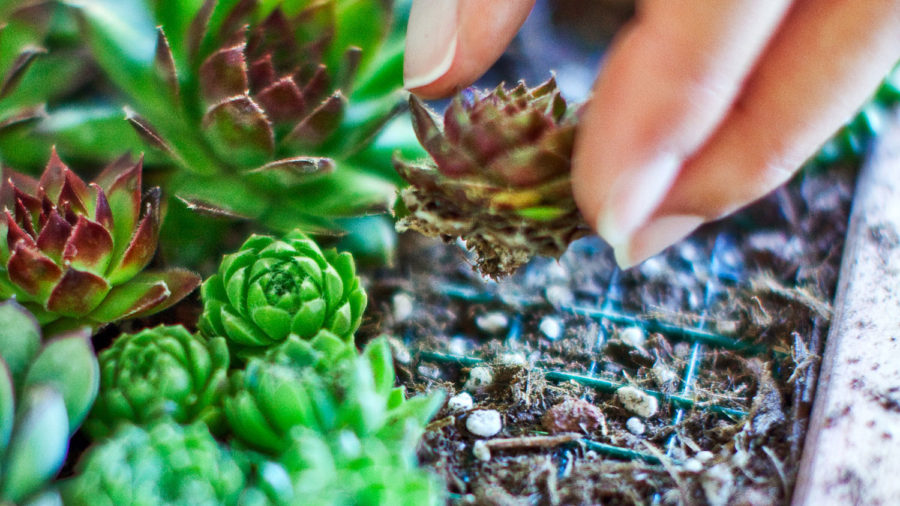
Thomas J. Story
Propagate Plants
Before frost turns any sensitive, tender plants to mush, do a little propagating and take some small cuttings to root over the winter. Just park them on a south-facing windowsill and watch them get stronger. Then by spring they’ll be ready to fill in the bare spots in your garden.
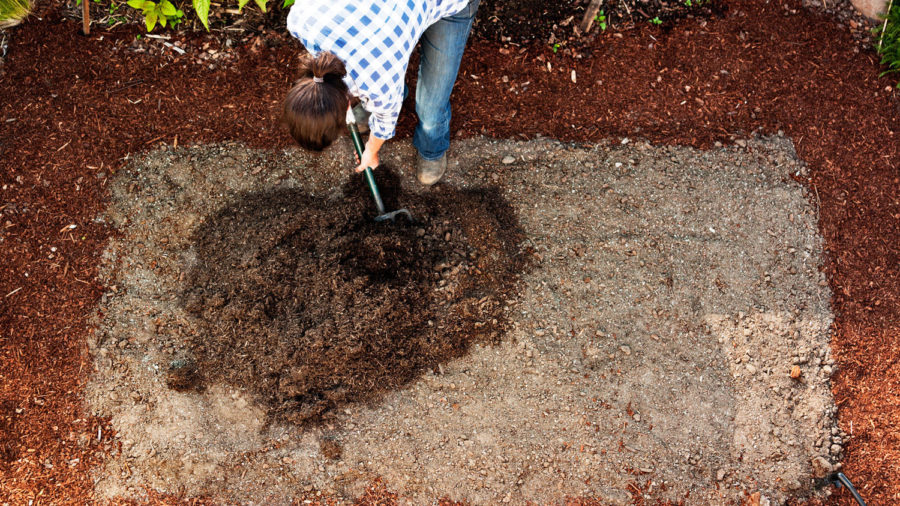
Thomas J. Story
Amend Your Soil
Well-draining soil is critical once the winter rain (hopefully) begins, so amend all new planting beds with generous amounts of rich compost. For established beds, apply a generous layer around plants to enrich the soil and deter weeds. Tip: Keep mulch a few inches away from the plant’s stem or crown to avoid potential excess moisture and rot.
Take a Test
Testing existing soil is one of the simplest ways to assess your future garden’s productivity and possibly solve problem areas where non-thriving plants struggle. Either send out soil samples or do the testing yourself. Either way, you’ll get results in time to apply soil remedies like lime or gypsum.
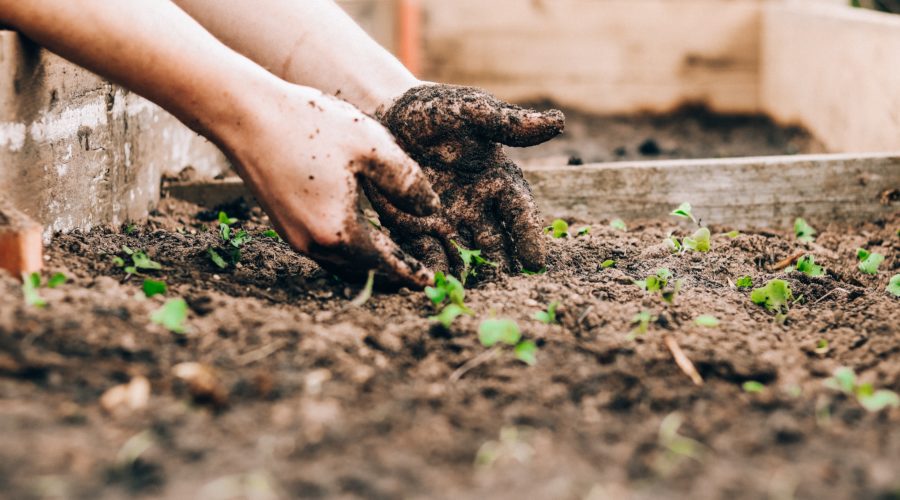
Sandie Clarke/Unsplash
Plant Winter Edibles
Fall is the perfect time for embracing cool-season vegetables and fruits. Not only do they take up less space than massive pumpkins and squash, but many are easy to grow from seeds sown directly in the ground, for example: chard, carrots, and radishes. Other types that are easy to start from nursery seedlings include broccoli, cabbage, and cauliflower.
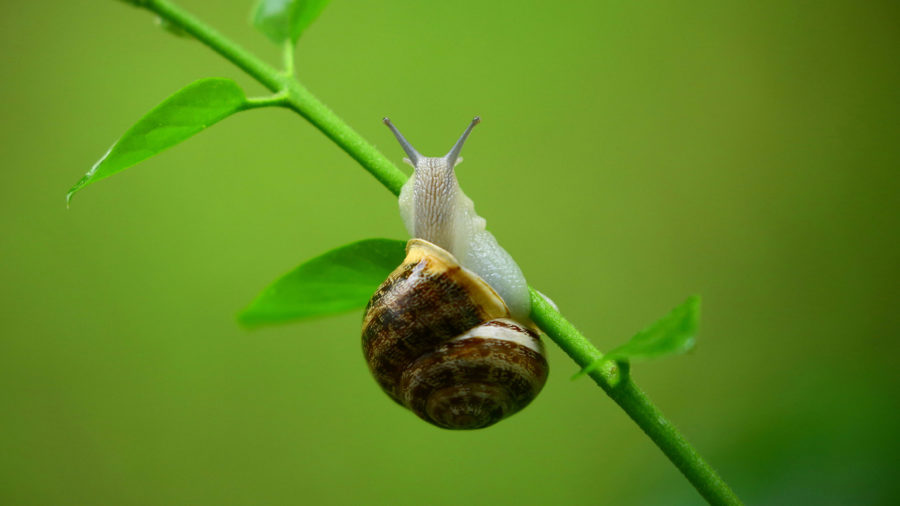
Daniyal Ghanavati/Pexels
Perform Pest Patrol
‘Tis the season for sly, slimy critters like snails and slugs. As the weather dampens, these destructive garden pests make an uninvited appearance, so consider applying a natural bait like Sluggo. Alternatively, you can rise early to seek out the critters when they are the most active and remove them by hand.

Courtesy of Annie’s Annuals & Perennials
Maximize Flower Power
Get another round of petaled pretties in the garden before the weather turns chilly. The most reliable flowers to plant in fall are calendulas, Iceland poppies, and violas. Also, now is a good time to plant natives. If your goal is a drought-tolerant garden, planning ahead is a must. As the rain sets in, native roots push and acclimate to hard, unforgiving local clay soil.
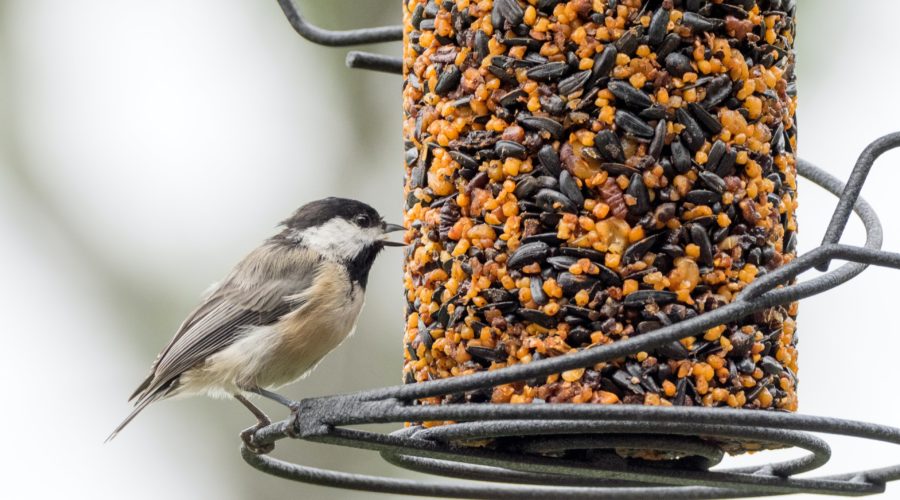
Mary Hammel/Unsplash
Be Seed Savvy
If you can resist the urge, avoid cutting back spent flower stalks on plants like sunflowers and coneflowers to feed the birds through winter when their choices and supply are limited. Another idea is to hang up one or more bird feeders.
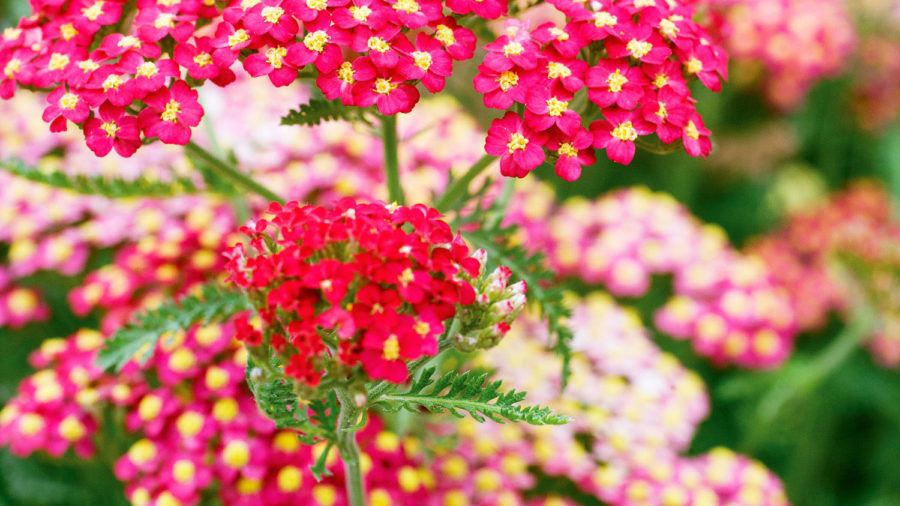
Linda Lamb Peters
Divide Plants
When certain plants cease blooming it could mean they need to be divided. Good candidates: daisies, agapanthus, and yarrow. Fall is the perfect time to dig in and carefully separate large, unproductive clumps while the weather is cool and the plants are moving into a dormant period.
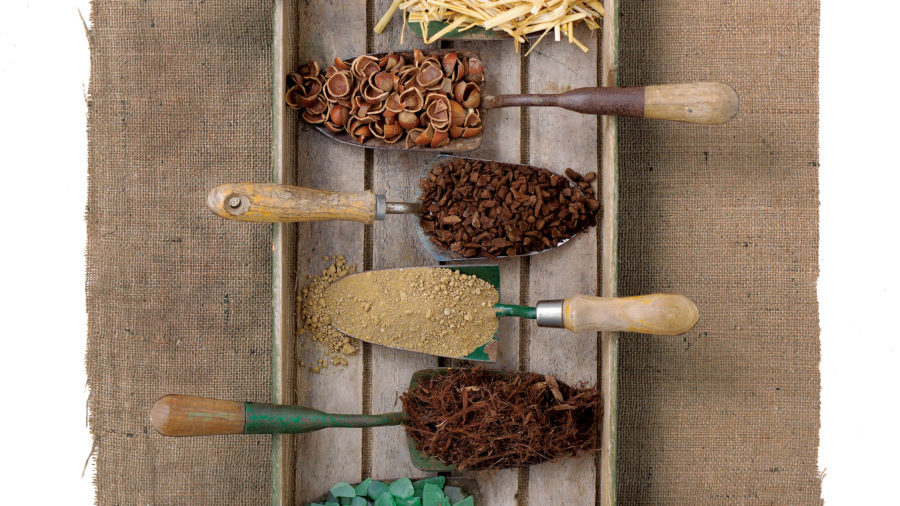
Rob D. Brodman
Cover Some Ground
If you plan on installing a new garden bed next spring, cover that area now with a thick layer of mulch or compost, or try sheet mulching, to discourage weed growth when the ground warms up come spring. Another idea is to plant a cover crop like fava beans that will add important nitrogen to the soil, improve soil fertility, and provide an edible crop.
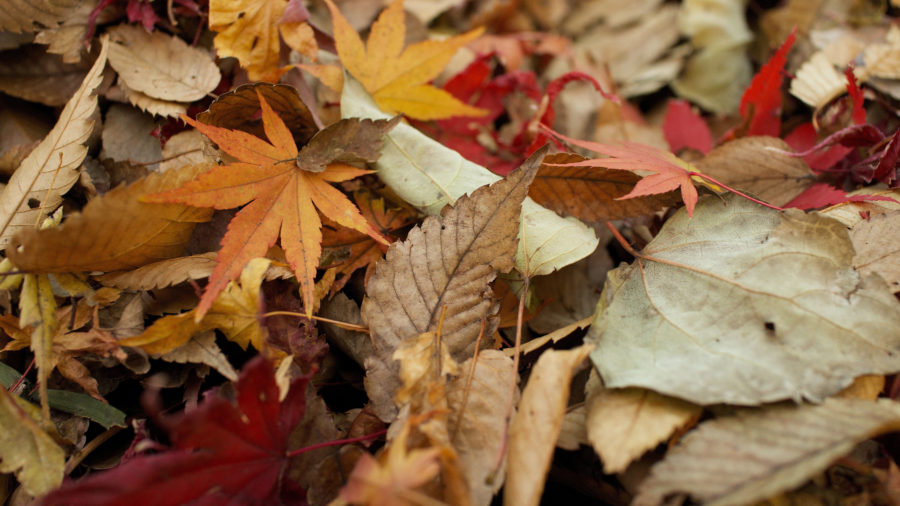
Courtesy of Pixabay
Rake Those Leaves
Fallen leaves left on the lawn can lead to brown grass. Instead, rake them onto a large sheet or tarp, then drag to your compost or make loose leaf piles and run the mower over them to turn leaves into mulch you can spread on your planting beds.
